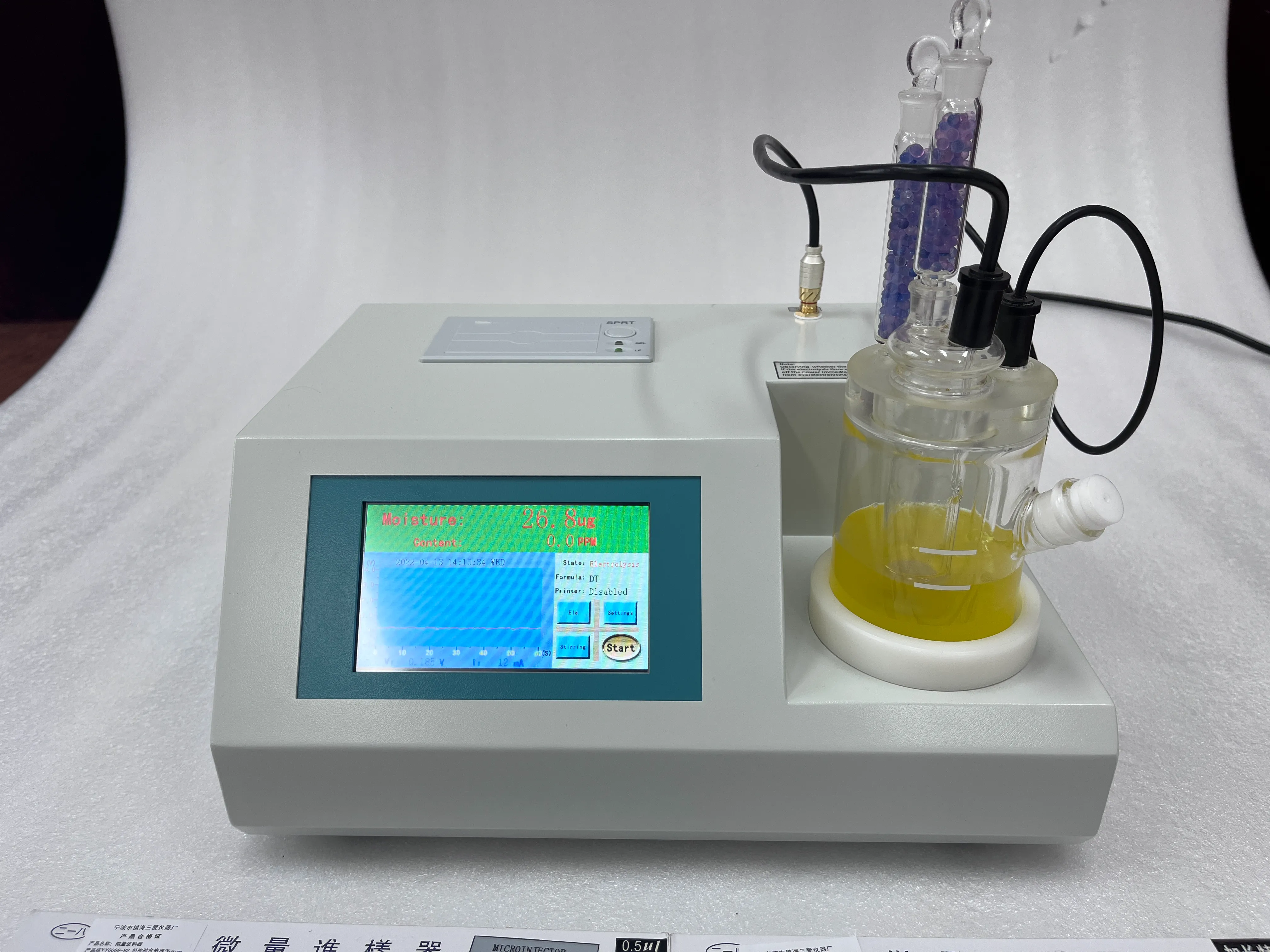 English
English


current transformer testing
Current Transformer Testing A Comprehensive Guide
Current transformers (CTs) are vital components in electrical power systems, primarily used for measuring and monitoring high currents by converting them into manageable lower levels. Ensuring the accuracy and reliability of these devices is crucial for the safe and efficient operation of electrical networks. This article explores the importance of current transformer testing, the methods employed, and best practices for ensuring optimal performance.
Importance of Current Transformer Testing
Current transformers play an essential role in protection relays, meter reading, and operational monitoring. Any malfunction or inaccuracy in these devices can lead to incorrect measurements, which might result in unsafe operating conditions, financial losses, or equipment damage. Regular testing of CTs is thus critical to ensure their reliability and accuracy. Testing helps identify any degradation due to environmental factors, mechanical stress, or electrical overloads, allowing for timely maintenance or replacement.
Testing Methods
Several methods are commonly employed to evaluate the performance of current transformers
1. Ratio Testing This involves checking the transformation ratio of the CT. By comparing the primary current to the secondary current, technicians can determine if the transformer is functioning within its specified limits.
2. Burden Testing This test assesses the load the transformer can support. By applying a known burden to the secondary side while measuring the output current, the accuracy of the CT at different loads can be established.
3. Insulation Resistance Testing This test ensures that the insulation of the current transformer is intact and functioning correctly. A megohmmeter is used to measure the resistance of the insulation, helping to prevent electrical faults that could compromise the system's safety.
4. Phase Shift Testing Current transformers should ideally have a consistent phase relationship between the primary and secondary currents. Phase shift testing helps identify any deviations that could affect the accuracy of protective relaying systems.
current transformer testing

5. Dynamic Testing This involves subjecting the CT to real-time operational conditions, including transient current and overload situations. Dynamic testing helps assess how well the transformer can perform under varying conditions, which is crucial for protective applications.
Best Practices for Current Transformer Testing
To ensure thorough and reliable testing of current transformers, several best practices should be followed
- Regularly Schedule Testing Establish a periodic testing schedule based on manufacturer recommendations, operating conditions, and the criticality of the application.
- Document Results Maintain detailed records of all test results for each CT. This documentation is essential for tracking performance over time and for compliance with regulatory standards.
- Use Qualified Personnel Ensure that the testing is conducted by trained and experienced personnel who have a thorough understanding of current transformer technology and testing methods.
- Calibrate Equipment Regularly calibrate testing equipment to ensure accuracy and reliability in measurements. This is critical for achieving valid results.
- Follow Manufacturer Guidelines Adhere to the guidelines provided by the manufacturer for both testing and maintenance to ensure optimal performance and longevity of the current transformers.
In conclusion, the proper testing of current transformers is crucial for the stability and safety of electrical systems. By employing effective testing methods and adhering to best practices, operators can ensure the reliability of these critical devices, contributing to the overall efficiency and safety of power systems. Regular testing not only safeguards against potential failures but also enhances the longevity of the equipment, thereby reducing maintenance costs and downtime.
-
Differences between open cup flash point tester and closed cup flash point testerNewsOct.31,2024
-
The Reliable Load Tap ChangerNewsOct.23,2024
-
The Essential Guide to Hipot TestersNewsOct.23,2024
-
The Digital Insulation TesterNewsOct.23,2024
-
The Best Earth Loop Impedance Tester for SaleNewsOct.23,2024
-
Tan Delta Tester--The Essential Tool for Electrical Insulation TestingNewsOct.23,2024





